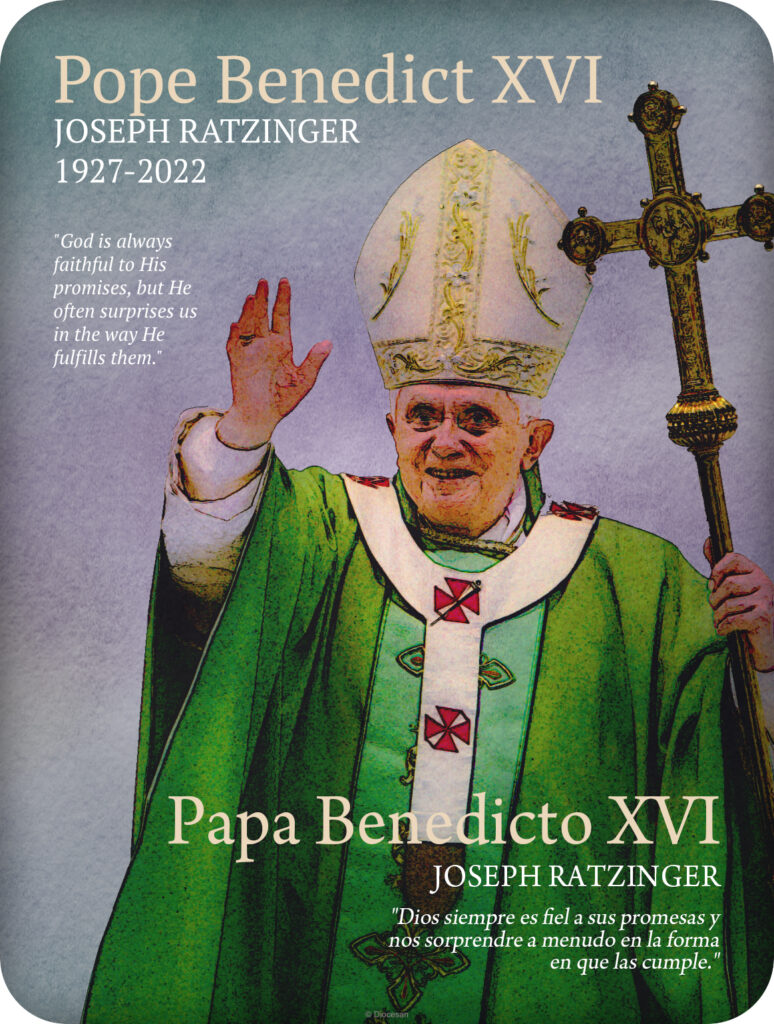Pope Benedict XVI and Pope Francis represent two distinct yet complementary approaches to leading the Catholic Church in modern times. Their tenures have been marked by differing styles, philosophies, and priorities, reflecting broader shifts within the global Church. While Benedict XVI was known for his scholarly approach and commitment to tradition, Pope Francis has embraced a more pastoral and reform-oriented leadership style. Together, they offer a fascinating study of how the papacy can adapt while staying true to its core mission.
Despite their differences, both popes share an unseen bond that transcends personal preferences or ideological leanings. This connection is rooted in their shared faith, mutual respect, and dedication to serving the Church. As history unfolds, their unique relationship will likely be remembered as one of the most intriguing chapters in Vatican history. The impact of their respective legacies continues to shape modern Catholicism, influencing not only the faithful but also the world at large.
The Legacy of Benedict XVI: A Scholarly Pope
Benedict XVI, born Joseph Aloisius Ratzinger, served as the leader of the Roman Catholic Church from 2005 to 2013. His tenure was characterized by a deep commitment to theological rigor and a steadfast defense of traditional Catholic teachings. Known for his intellectual prowess, Benedict authored numerous influential works before ascending to the papacy, earning him the reputation of being one of the greatest theologians of his generation. His encyclicals, such as Deus Caritas Est (God Is Love), emphasized the importance of love and charity in Christian life.
During his papacy, Benedict XVI faced significant challenges, including the clergy sexual abuse scandal that rocked the Church. In response, he implemented measures aimed at addressing these issues, though critics argued that more decisive action was needed. Despite these controversies, Benedict's resignation in 2013 marked a historic moment, making him the first pope to step down voluntarily since the Middle Ages. His decision demonstrated humility and a willingness to prioritize the needs of the Church over personal ambition.
In retirement, Benedict remained a respected figure within the Vatican, continuing to write and reflect on matters of faith. Although largely removed from day-to-day operations, his influence persisted through his writings and occasional public statements. Pope Francis' acknowledgment of Benedict's health struggles in late 2022 highlighted the enduring respect between the two leaders, underscoring their shared commitment to the Church's well-being.
A New Era Under Pope Francis: Reform and Renewal
When Jorge Mario Bergoglio became Pope Francis in 2013, he ushered in a fresh perspective for the Catholic Church. Hailing from Argentina, Francis brought a distinctly Latin American sensibility to the papacy, emphasizing humility, simplicity, and outreach to marginalized communities. Unlike his predecessor, Francis prioritized pastoral care over academic theology, focusing on practical ways to address contemporary issues facing the Church and society.
One of Francis' defining characteristics is his emphasis on mercy and compassion. He has repeatedly called for a culture of encounter, encouraging dialogue and understanding across religious, cultural, and political divides. Through initiatives like the Synod on Synodality, he seeks to foster greater participation and inclusivity within the Church. Additionally, Francis has tackled pressing global concerns, such as climate change and economic inequality, advocating for systemic reforms that align with Catholic social teaching.
While some view Francis' approach as progressive, others see it as a necessary adaptation to meet the needs of today's world. His interactions with Benedict XVI reveal a harmonious relationship built on mutual respect and collaboration. By openly defending his predecessor and acknowledging their complementary roles, Francis reinforces the idea that unity and continuity are essential to the Church's mission.
Two Popes, One Mission: Navigating Modern Challenges
The coexistence of Pope Francis and Pope Benedict XVI during Francis' pontificate represents an unprecedented chapter in Vatican history. For nearly a decade, the two popes lived side by side in Vatican City, symbolizing a rare moment of transition and renewal. While rumors occasionally surfaced about tensions between their supporters, both leaders consistently dismissed such claims, emphasizing the importance of solidarity and cooperation.
Benedict's decision to remain in Vatican City after resigning set a precedent for future popes, demonstrating that leadership transitions need not involve complete separation. Instead, the presence of a retired pope can serve as a source of wisdom and guidance, enriching the Church's collective experience. Francis' appreciation for Benedict's role reflects this philosophy, as evidenced by his description of Benedict as a father figure who always defended him.
Together, Pope Benedict XVI and Pope Francis exemplify the Church's ability to balance tradition and innovation. Their contrasting yet complementary approaches highlight the diversity of thought and practice within Catholicism, ensuring that the Church remains relevant and responsive to the challenges of our time. As their legacies continue to unfold, their impact on modern Catholicism will undoubtedly inspire generations to come.

